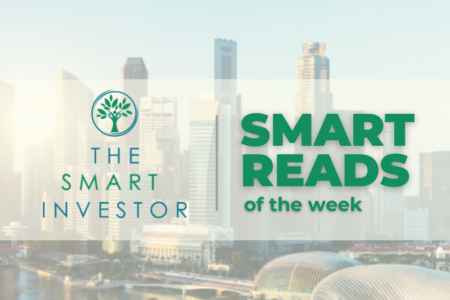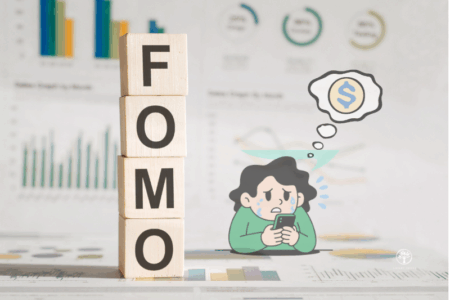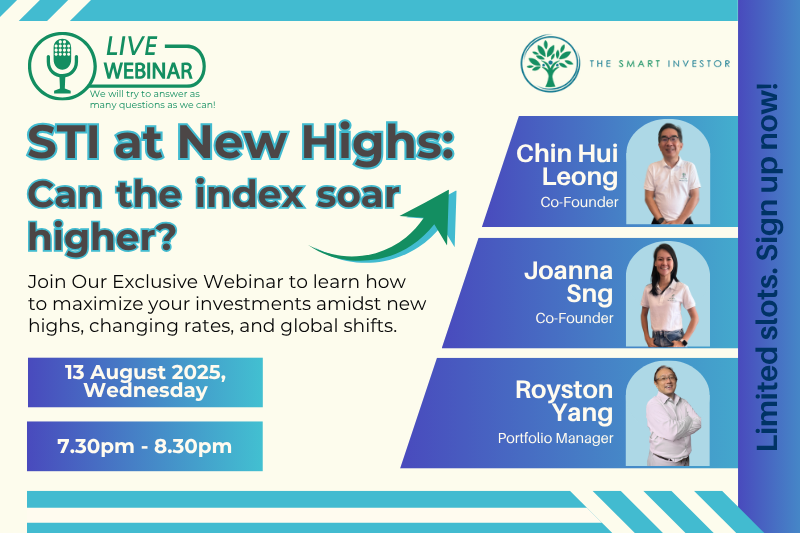A double-digit dividend yield looks tempting.
Many income-seeking investors see a high percentage, assume they’ve found reliable income, and move on without digging deeper.
But there is the problem: Very high yields often appear for the wrong reasons.
That attractive number may be masking fundamental weakness rather than signaling genuine opportunity.
In Singapore, the average dividend yield sits around 6.2% for REITs, while banks offer similar yields in the 5%+ range today.
When you’re hunting for income, a yield of 8% or more stands out.
But high yield isn’t always synonymous with safety.
It can be the financial equivalent of a flashing warning light. Here’s why.
Why High Yields Can Be Misleading
1. Falling Share Prices Inflate Yields
Dividend yield equals dividend per share divided by share price.
When the share price falls sharply but the dividend hasn’t been cut yet, the yield looks artificially high.
A clear example is Lippo Malls Indonesia Retail Trust (SGX: D5IU), or LMIRT.
The REIT’s unit price fell sharply over the years as tenant weakness, declining distributable income, and multiple distribution per unit (DPU) cuts eroded investor confidence.
But as the share price dropped faster than its payout, the headline dividend yield appeared “high” – at one point rising into the double-digit range even though the REIT’s fundamentals were deteriorating.
By 2023, its payout had collapsed to S$0.0004 per unit (2.35% yield) before dividends were suspended.
2. Unsustainable Payout Ratios
A company paying out more than it earns (payout ratio > 100%) is draining reserves to maintain dividends. That can’t last.
In Singapore, sustainable payers typically keep payout ratios between 40% and 60%, leaving room for reinvestment.
DBS Group Holdings (SGX: D05) maintains a payout ratio of 67.5%, while Keppel Ltd (SGX: BN4) sits at 69%, according to Yahoo Finance.
When the ratio climbs significantly above these levels, dividend cut risk rises.
3. Earnings or Cash-Flow Pressure
Even if the dividend holds today, cracks may already be forming underneath.
Rising debt costs, slower rental growth, or weaker cash flow all threaten future payouts.
A high yield can be a side effect of falling prices, thin profits, or unsustainable payouts.
Frasers Logistics and Commercial Trust (SGX: BUOU), or FLCT, is a recent example of a REIT that saw its DPU decline as rising costs weighed on performance.
Higher operating and financing expenses, combined with weaker contributions from some overseas assets, squeezed distributable income and led to a lower payout.
Better Metrics to Watch Than Yield Alone
If you want to avoid yield traps, look beyond the headline number.
- Payout Ratio: What percentage of earnings are being paid out?
- Free Cash Flow: Is the company generating enough cash to fund its dividend after expenses and debt?
- Balance-Sheet Health: Gearing, net debt-to-equity, and refinancing schedule matter more than any single year’s payout.
- Dividend Track Record: Has the company grown dividends steadily or cut them under stress?
Comparison: Safe vs Unsustainable Dividend Payer
For the past 12 months prior to 30 September 2025 (LTM), DBS declared total dividends of S$2.85 per share.
That works out to a yield of around 5.3%, modest by headline standards but grounded in genuine profit strength and disciplined capital management.
Now contrast that with parts of the REIT sector.
Several high-yield REITs are boasting above-7% distributions in 2025, but many got there for the wrong reasons — unit prices fell as investors priced in rising debt costs and flat income growth.
Their yields look impressive on paper, yet the fundamentals tell a different story.
The difference isn’t just the percentage.
DBS’s dividend comes from strength; some REIT yields come from strain.
One signals financial health, while the other demands a closer look.
What This Means for Investors
Chasing the biggest yield on the board is how many investors fall into yield traps.
The smartest income investors know yield alone tells you nothing about sustainability.
A moderate 4% to 6% yield from a quality business with steady cash flow can often outperform a shaky 10% yield that collapses with the next rate hike or profit drop.
Get Smart: Yield Isn’t the Shortcut to Safety
A high dividend yield feels like a bargain – until you realise the bargain came with hidden risk.
Experienced investors treat dividends as part of a bigger picture: profits, balance-sheet strength, and the ability to keep paying through tough years.
Reliable income isn’t about how much you’re paid this year.
It’s about how long that payment can last.
If you want to retire with a constant stream of dividends, these 5 stocks might be all you need. We’ve found 5 SG stocks that have kept paying (and growing) through inflation, rate hikes, and recessions. See what they are with our latest free report for SGX dividend investors. Click here to get instant access.
Follow us on Facebook, Instagram and Telegram for the latest investing news and analyses!
Disclosure: Alex does not own any of the shares mentioned.





